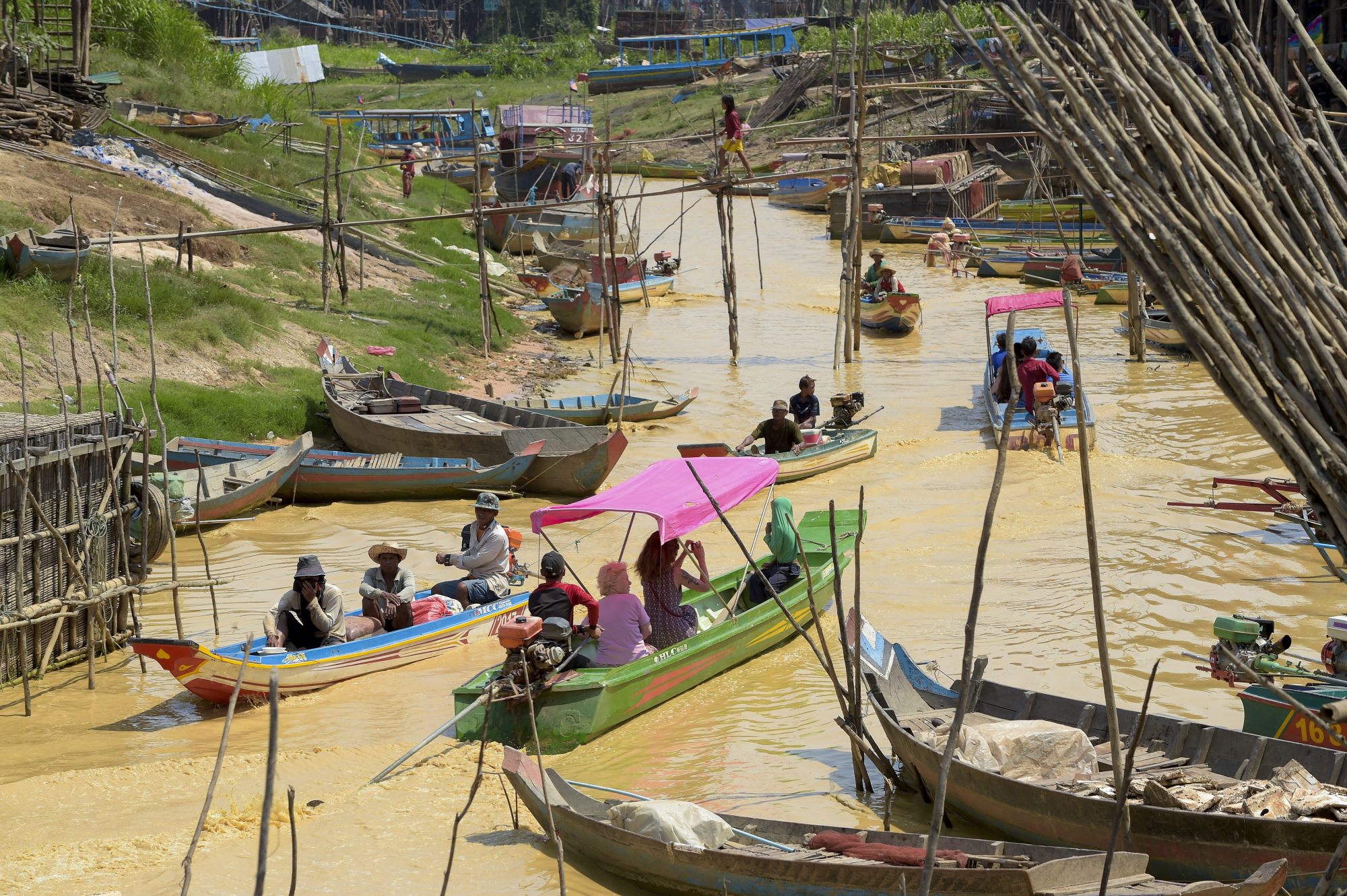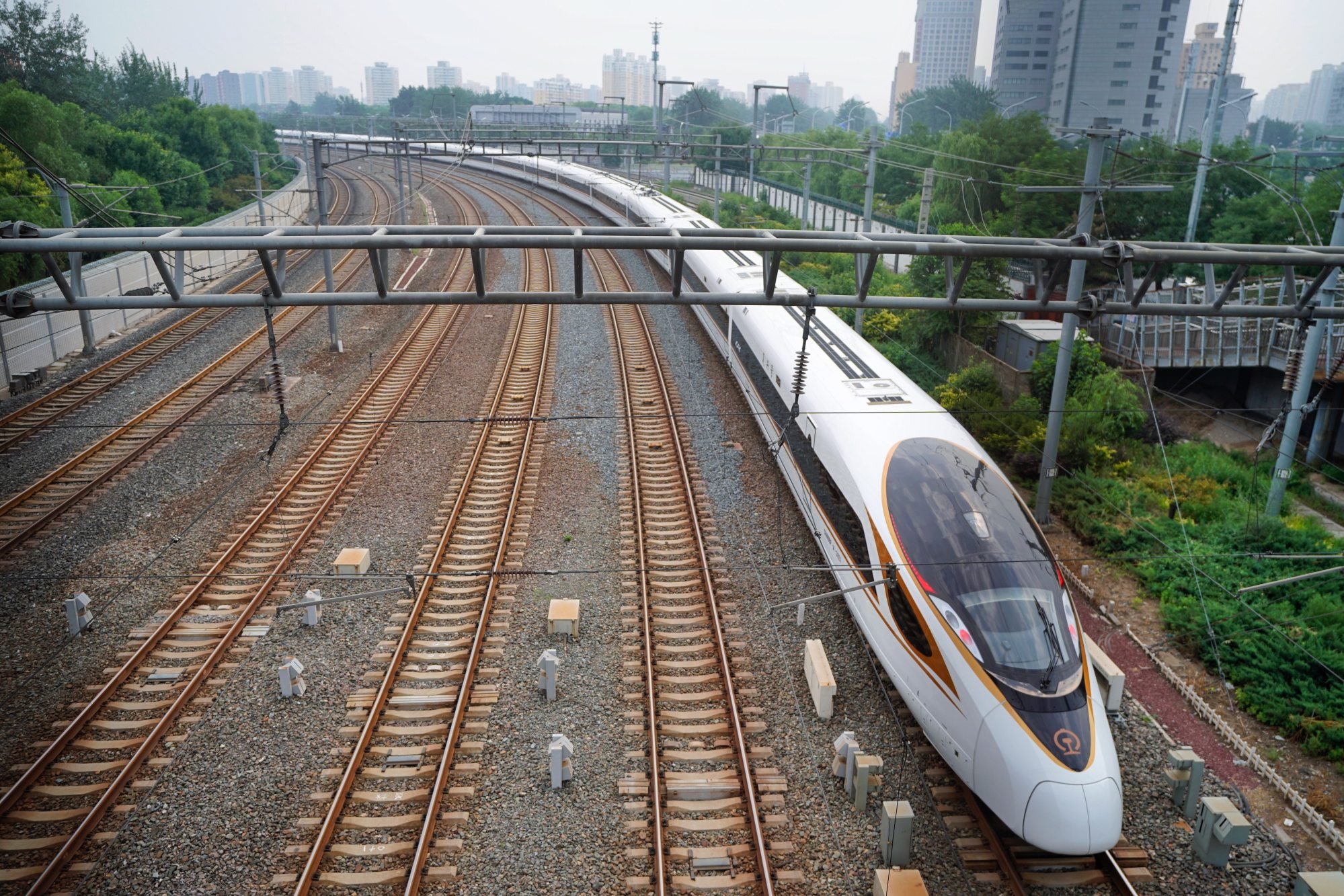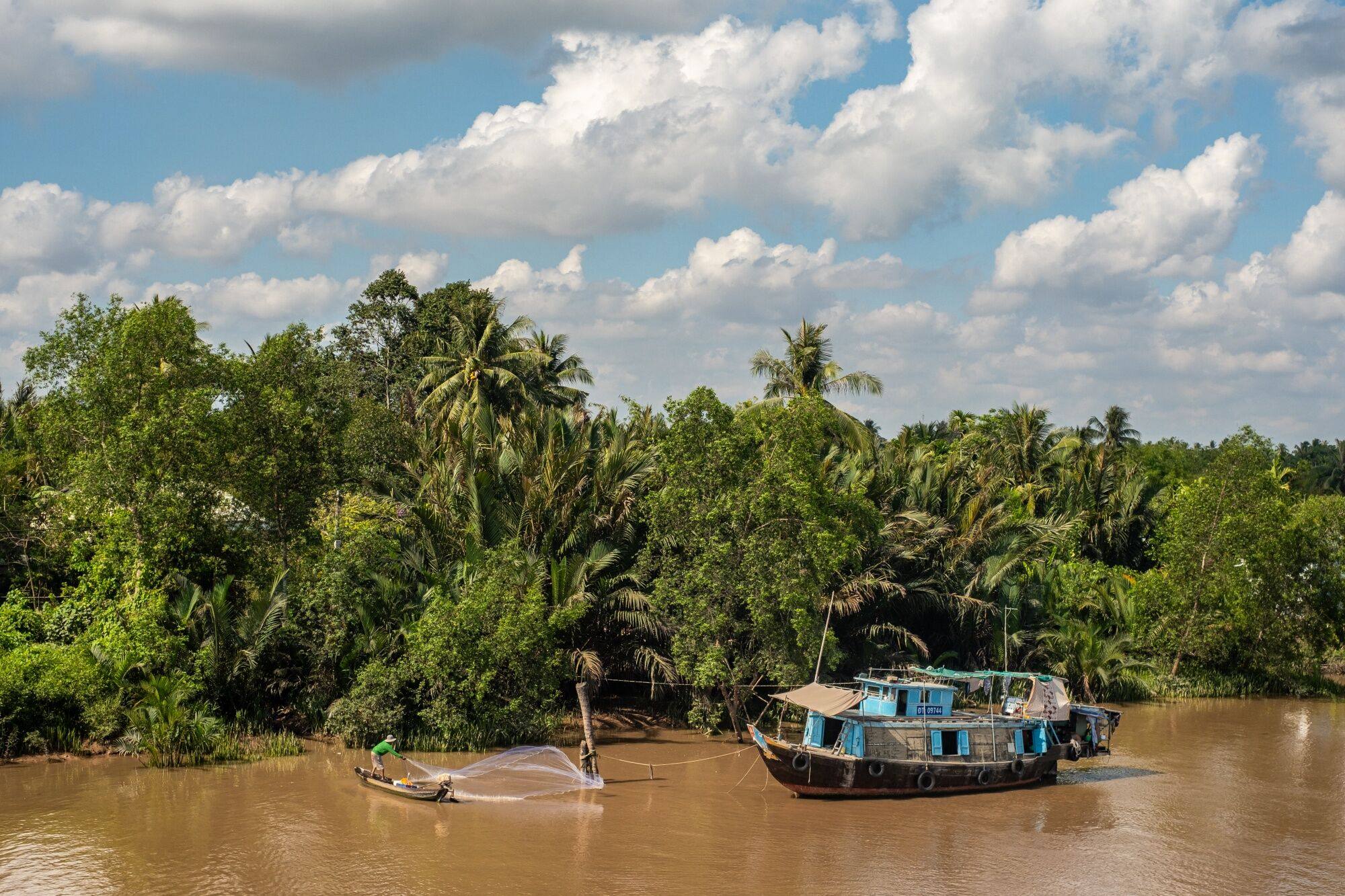However, its opponents worry about the canal’s security implications, and complain about a lack of clarity in addressing socio-economic and environmental side effects. They argue that insufficient consultation and collaboration has left local communities ill-prepared to deal with the project’s potential repercussions once it has been built.
Policymakers need to ensure that the canal’s economic benefits do not come at the cost of any unwarranted social, environmental, and stability implications for Cambodia and the wider region. To improve the odds of this being the case, lessons should be learned from other successful case studies; domestic grievances should be addressed appropriately; and all stakeholders should be involved in the decision-making process to mitigate the potential for negative outcomes.

For such an economically risky and politically sensitive project that is bound to attract public scrutiny, thorough technical explanations and compelling scientific data will be required to address any environmental and social concerns, and convincingly demonstrate that both the government and investing company are sincere and consistent in their efforts to mitigate potential risks.
All megaprojects – defined here as those with a budget exceeding US$1 billion – are inherently complex, controversial and notoriously difficult to realise, often ending in failure. Their large size makes them highly unpredictable and especially vulnerable to risk. When done right, a megaproject can catalyse substantial economic growth. But those that don’t succeed can set back a country’s development by years and create major headaches for governments. It is essential, therefore, that the Cambodian government learn from other megaprojects to increase the Funan Techo Canal’s chances of success.
Unforeseen factors that can cause projects to fail tend to arise early on, such as poor justification, misalignment among stakeholders, insufficient planning, and inability to access or use the necessary capabilities. Project costs are frequently underestimated, while the anticipated benefits are overestimated.
The key is to first develop thorough and impartial analyses of the actual costs and benefits, and then consider appropriate corrective actions to address any issues that arise during the construction phase of the project.
The Panama Canal and Beijing-Shanghai high-speed railway provide examples of successful megaprojects that employed industrial best practices, cost-benefit analyses, and environmental and social impact assessments.

The Funan Techo Canal project should take measures to avoid setbacks and proactively deal with challenges. This includes thorough project preparation to identify the optimal investment model, with private-sector financing being steered towards deploying a diverse set of environmental and social criteria to ensure high-quality outcomes and scale up infrastructure delivery.
A capable and multilayered joint management team should be established comprising representatives from the government, the investor, and independent technical experts to ensure effective project governance, identify and mitigate risks, and conduct performance reviews. Such a team could implement effective countermeasures to address potential spillover effects and negative externalities, such as socioeconomic and environmental disruption, and allay concerns among the lower Mekong countries. This collaborative approach could help ensure the canal is completed on schedule and to the required quality standards.
Despite widespread public support for the canal, with about 1.6 million people living along the proposed route, the government must address any domestic grievances and ensure appropriate care for the affected local communities. Officials recently announced plans to discuss fair compensation with private property owners along the route, based on appropriate market pricing.
Addressing domestic complaints can be best achieved through an interministerial committee that adheres to corporate social responsibility principles. This committee would oversee the management aspects of the canal’s construction and how it operates, helping the contractor to be socially accountable to stakeholders and the public. Appropriate compensation and relocation assistance must be provided to ensure affected residents maintain adequate and sustained livelihoods. Additionally, speculation and land acquisitions within the canal zone should be prohibited, with a national hotline set up for residents to submit any complaints or concerns.
For Cambodia, the canal makes sense as it helps to fill infrastructure gaps and would establish the country’s first-ever inland waterway link from the interior to seaports
By diligently and fairly addressing domestic grievances, the government and project contractor can earn the public’s trust. This, in turn, will improve the overall image and credibility of both the government and the contractor, solidifying support for the Funan Techo Canal project.
Cambodia has the sovereign right to construct the canal, but improving collaboration with relevant stakeholders can help reduce risks, increase transparency, build trust and understanding, and cultivate positive relationships. Transparent consultations with all members of the Mekong River Commission to discuss any lingering concerns will foster better understanding and instil greater trust in the project.
Cambodia can further build trust in the environmental and ecological soundness of the Funan Techo Canal project by releasing the relevant technical details as part of a feasibility study shared with the Mekong River Commission. This would demonstrate the country’s commitment to being a good neighbour, while also allowing the MRC to provide technical inputs and suggestions that could help address any potential transboundary issues. Such transparency would keep the project moving forward smoothly, without misinterpretation or undue suspicion.

Collaborating closely with the MRC will enable Cambodia to identify potential risks early on and ensure that all concerned parties, especially neighbouring Vietnam, are properly informed, and their interests are addressed. This collaborative approach represents a win-win situation for all involved.
For Cambodia, the canal makes sense as it helps to fill infrastructure gaps and would establish the country’s first-ever inland waterway link from the interior to seaports in Sihanoukville and Kampot.
The Cambodian government deserves praise for initiating this strategically important project. But to further bolster the country’s national development spirit, the Funan Techo Canal should seek to emulate the best lessons and practices from other successful megaprojects around the world – and guard against potential risks that could derail its implementation. Crucially, the government must stand ready to address any local grievances and improve channels of communication and consultation with all relevant stakeholders.
Pou Sothirak is a retired academic and distinguished senior adviser to the Cambodian Centre for Regional Studies, an independent foreign-policy think tank. Him Raksmey is executive director of the Cambodian Centre for Regional Studies.

